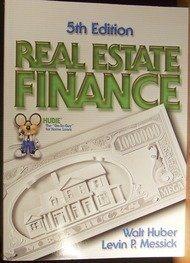Answered step by step
Verified Expert Solution
Question
1 Approved Answer
following ratios:Net Working CapitalCurrent RatioQuick RatioInventory TurnoverFixed Assets TumoverTotal Assets TurnoverAverage Collection PeriodDebt RatioDebt Equity RatioTimes Interest EarnedGross Profit MarginOperating Profit MarginNet Profit MarginReturn on
following ratios:Net Working CapitalCurrent RatioQuick RatioInventory TurnoverFixed Assets TumoverTotal Assets TurnoverAverage Collection PeriodDebt RatioDebt Equity RatioTimes Interest EarnedGross Profit MarginOperating Profit MarginNet Profit MarginReturn on Assets ROAReturn on Equity ROEEarnings Per Share PriceEarnings RatioBook Value of Company up a template in Excel with the last three years for your annual data. Your rows are the ratios above. Your annual report may be different from the one we discussed in class. This is not unusual. Every income statement and balance sheet all go by the same torm. Enter the numbers by doing the appropriate calculations. Most numbers are straightforward. For market price of common stock; use the information you received off the Internet Big Charts.com or morningstar.com The number of common shares outstanding comes from the bottom of your income statement usually when they figure the earnings per share. The book value of the company is common stock paid in capital retained earnings. This information comes from your balance sheet.
Step by Step Solution
There are 3 Steps involved in it
Step: 1

Get Instant Access to Expert-Tailored Solutions
See step-by-step solutions with expert insights and AI powered tools for academic success
Step: 2

Step: 3

Ace Your Homework with AI
Get the answers you need in no time with our AI-driven, step-by-step assistance
Get Started


